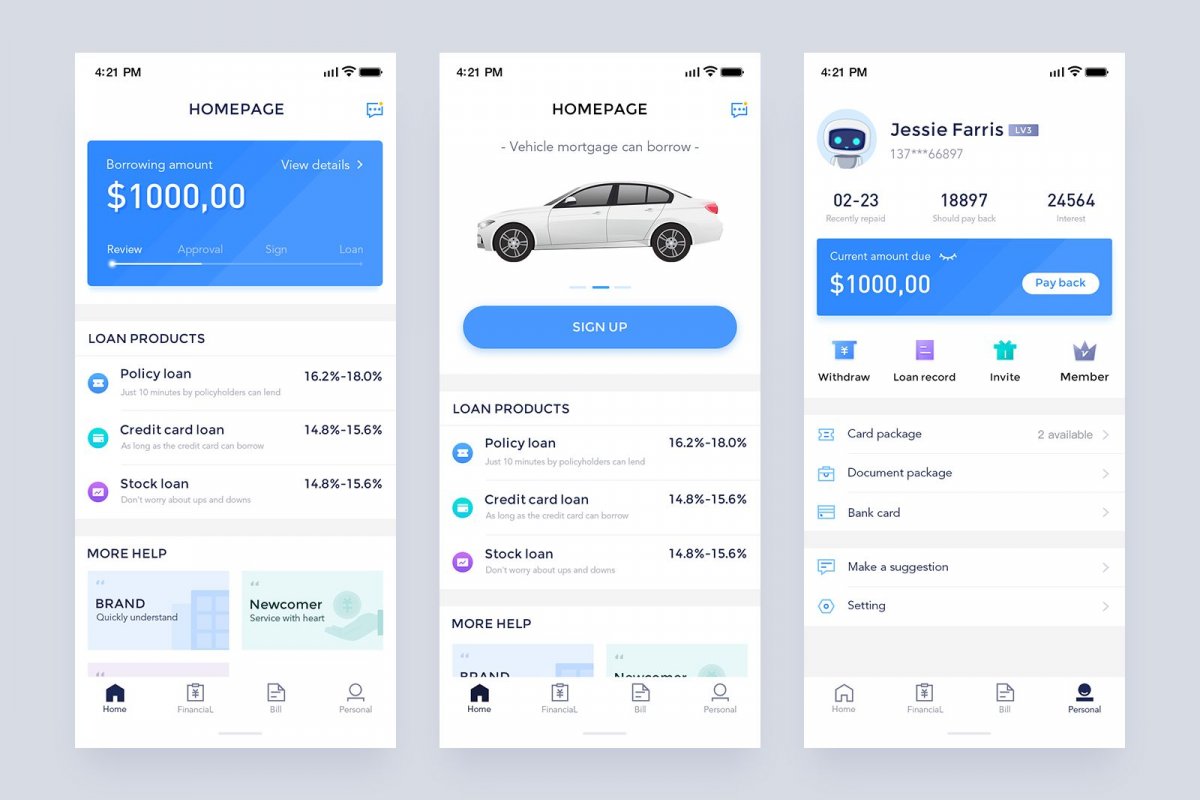How to become a UX/UI designer
To get started, you need to first understand what you’d like to do, since the field of UX/UI intersects with graphic design, at many points. If you like working on the visual part, consider becoming a user interface designer. If you prefer to analyze how products work and have fun testing different interfaces, you may focus on user experience design. To learn more about the differences check out our story on UX/UI design.
Understand your role
If both directions seem attractive to you and you would also like to deeply understand the product and be in charge of its improvements, then the role of UX/UI designer or product designer is a good match. To carry out such a varied range of tasks, UX designers need a diverse skillset.
Learn your skills
To become a successful UX/UI designer, you will need to learn how to carry out user research, know the process of prototyping and be familiar with the fundamentals of good design. The skills in our list below are the foundation.
- Technical and design skills / wireframing and prototyping with the help of various tools
- Analytical skills / ability to interpret data and feedback correctly, problem-solving skills
- Empathy / the ability to step into the shoes of different types of users
- Communication and teamwork / know how to collaborate with clients, stakeholders or developers
- Business acumen / ability to understand objectives and aligning them with the needs of the target audience
The designers who truly distinguish themselves have skills that allow them to approach challenges holistically, using methods such as design thinking or data visualization.
Master the tools for work
If you’re a beginner designer, you need to learn how to use the most important tools used today. Instead of opting for classics such as Adobe Photoshop and Illustrator, go directly to Sketch and Figma. Take a look at the designer jobs offered by the companies you’d like to work for. What skills are they looking for, what programs do they want you to know and what are the industry standards? You need to know how to answer these questions.
Some of the most popular tools today:
- Sketch for UI design
- Figma for UI design and collaboration
- Balsamiq for wireframing
- Invision for prototyping and collaboration
Open your eyes to design
If you want to become a designer, you need to start noticing design around you and draw insights from everything you see. This will help you understand industry standards or design trends and teach you how to evaluate an interface from a professional viewpoint. When visiting a website or using an app, pay attention to the details. You need to learn to ask important questions, like why is the call-to-action button at the end and not at the beginning, or the logo located at the top left corner of the page?
Find your style
If you want to become a UX/UI designer but have no experience or degree, the best way to start is by understanding how others work. This doesn’t mean copying other people’s work, but rather getting inspired by what you see. The habit of looking at the work of designers you admire is very productive at the beginning of your journey. You will learn to pay attention to certain details, understand how they use different UI elements, and – eventually – find your own style.
There are plenty of resources you can use, starting with platforms such as Behance, Dribbble, or Awwwards. This practice will help you position yourself on the design track and become aware of key trends in design.
Find mentors
Experienced designers are usually busy and might have very little free time. Don’t ask them to teach you the ins and outs of Sketch or help you build your career in design. This takes way too much time. Instead, find mentors who are already sharing their expertise in the form of blog articles, vlogs, and social network accounts.
Subscribe to the channels curated by top designers that you like. Watch what they’re doing – which new programs they study or conferences they go to.
Take a course
While some people prefer to learn the secrets of a new profession at home through self-educating, others can benefit a lot from targeted courses that teach the foundation of design. If you’d like to take a course, research the company or school providing it first – check the reviews, comments, and ratings to understand how popular it is and whether it really helps graduates to launch a career in design.
Create your portfolio
Lastly, you need to create a portfolio that shows off your skills. This is a must-have if you want to start looking for a job as a UX/UI designer. For a designer, a portfolio works as a business card and resume in one. By looking at it, the employer can very quickly check the quality of your work and will decide to either start the interviewing process or focus on another candidate.
You don’t need to have your own website. If you’re a beginner, you can simply register at an online platform to set up your portfolio. Behance and Dribbble are both great for beginners.
How to continue
If you’re interested in UI and UX design, here’s some good news: there is a huge market for these skills in 2023 and beyond. Develop solid technical and design skills, work on your soft skills, and research the newest design trends – that’s how you can enter the career path of a UX/UI designer.
If you want more information on the topic, also read our article on UX/UI design! ⚗️






